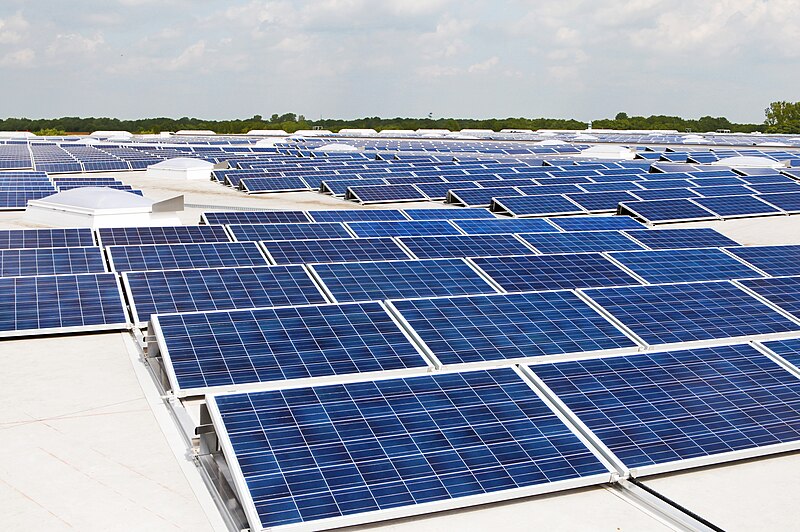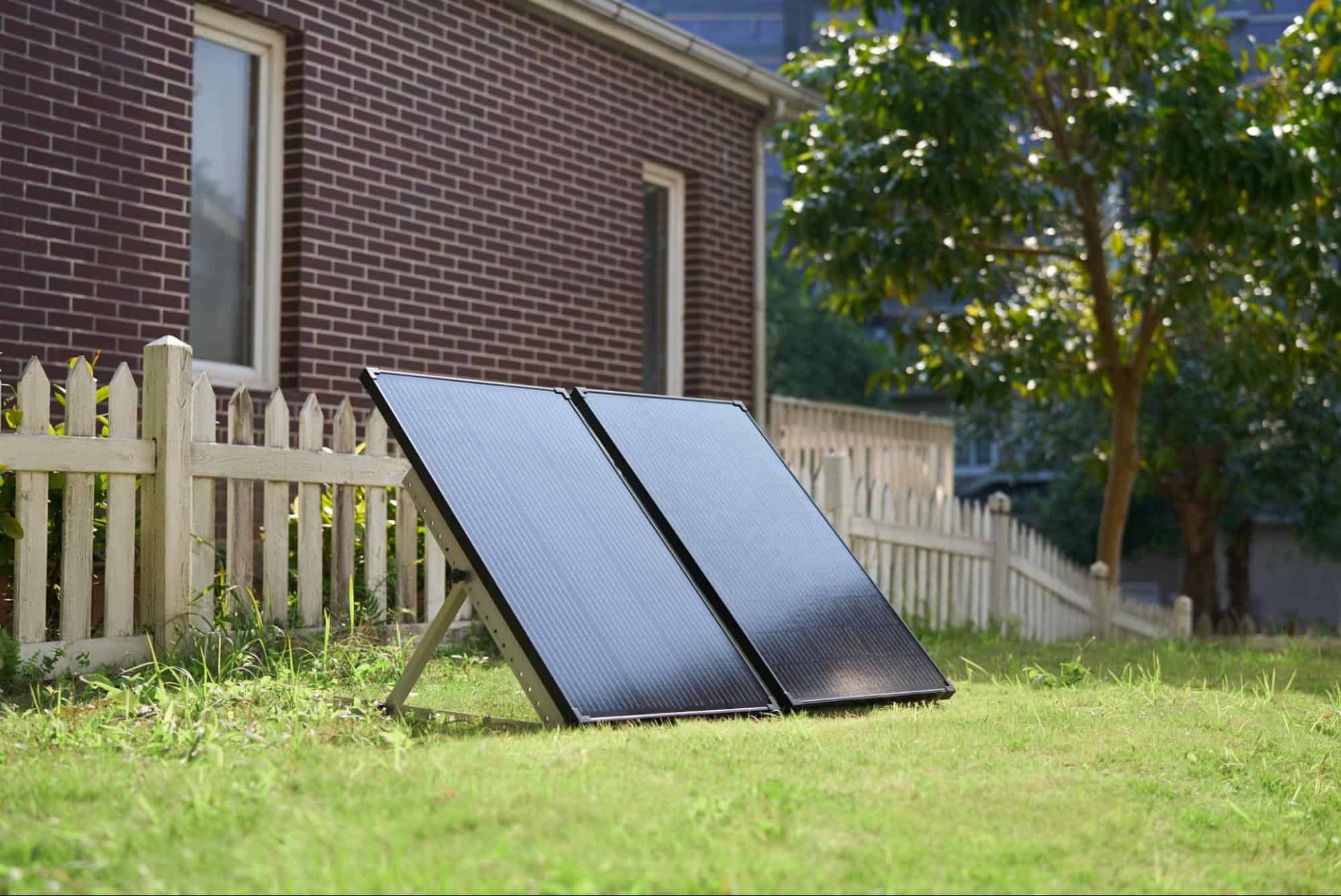How to Select the Best Polycrystalline Photovoltaic Panels
Choose poly panels with ≤0.15mm silicon cutting loss and oxygen-carbon ratio <1.0. Verify 17.5-19.2% STC efficiency using IV testers showing <2% deviation. Select 1.6mm anodized frames with -0.29%/°C temp coefficient. Require EL imaging proving <3% microcracks and 25-year 0.5% annual decay warranty.
5 Major purchasing indicators
Last month a 2.3MW power station just grid-connected discovered silicon wafer hidden crack rate exceeds standard by 3 times, directly triggered photovoltaic panel B-grade downgrade clause. As engineer doing photovoltaic system design for 9 years, handled distributed projects total scale exceed 360MW, found choosing polycrystalline silicon modules cannot just look at price tag. NREL 2024 module failure report (NREL/TP-6A20-81205) shows, selection error caused power generation loss up to 23%, more scary than module cost difference.
First talk about most critical conversion efficiency fluctuation value. Current market advertised 21% efficiency mostly laboratory data, actual installation affected by packaging process, ordinary polycrystalline silicon modules real efficiency float between 17.2%-19.8%. Last year selecting for Zhejiang textile factory, compared LONGi Hi-MO 6 and Trina Vertex series, found same nominal 18.6% efficiency modules, low-light environment power generation difference reach 8%——problem lies in battery slicing process.
Parameter | Regular module | Optimized module | Risk threshold |
Cutting loss | ≥0.28mm | ≤0.15mm | >0.3mm trigger hidden crack |
Ribbon stress | 120MPa | 90MPa | >150MPa cause grid break |
Temperature coefficient | -0.39%/℃ | -0.29%/℃ | >-0.4% trigger output limit |
Second look material purity control. Polycrystalline silicon oxygen-carbon ratio exceed 1.4, three years later decay rate directly double. Our testing equipment always carry portable EL tester, encounter silicon material impurity modules, EL imaging show snowflake black spots. Last year Shandong photovoltaic factory purchased G3 grade silicon material, because cold hydrogenation device control error, caused whole batch modules first year decay reach 2.1%.
· Silicon ingot head/tail material proportion>15% cause efficiency drop 0.8%
· Diamond wire diameter fluctuation ±5μm cause cutting yield plummet
· Glass transmittance below 91.5% directly disqualify
Third easy trap is decay rate commitment. Many manufacturers play word games, mix first year decay and annual decay. Projects handled, Jinko Tiger Neo series actual data most stable——bifacial modules in Ningxia sandstorm environment operate 18 months, actual decay only 0.43% (with TÜV 2023-EL-791 report). Conversely, some OEM modules annual decay dare report 1.5%+.
Fourth must touch structural strength. Don't believe brochure mechanical load data, bring caliper measure frame thickness. Last year Jiangsu typhoon season, 1.4mm frame modules deformation rate 7 times 1.8mm frame. Teach you trick: place module 45 degrees, pour 500ml water at junction box, no leakage within 5 minutes pass.
Finally talk cost trap. 3-cent cheaper per watt modules may make O&M cost increase 1.2 yuan. This year Fujian fishing-solar project compared 6 suppliers LCOE, found high cost HJT modules save 11%——because 85% bifacial rate, morning/evening generate more.
Uncertain situation, directly ask manufacturer IEC 61215 full test reports, focus on damp heat test power decay. Remember module temperature every increase 10℃, PID probability increase 18%, learned lesson in Guangdong rooftop station——76℃ operation three months, 18% modules directly scrapped.
Refurbished panel scam
Last summer Shandong photovoltaic exhibition, saw dealer use EL tester expose refurbished panels——same batch 182mm modules mixed 2019/2023 battery slices. Like buying new iPhone but find 5-year-old used motherboard.
Refurbished panels most scammy part is secondary lamination process. Black factories peel recycled modules EVA film, use inferior glue. Lab test comparison: standard packaging glue transmittance 93.5%+, refurbished glue drop to 87.2%, directly cause 8%+ power decay.
· Check frame seams for grinding marks (new modules mold lines straight)
· UV flashlight check backsheet, original material have anti-fake fluorescent particles
· Original junction box cover laser welded, refurbished use glue
Last year Jiangsu ground station got scammed. Contractor bought "clearance stock" 545W modules, three months after grid-connection EL test found over 23% modules have hidden cracks. Maintenance open backsheet found battery QR codes sanded off——typical refurbished feature.
Now scammers use specification parameter plastic surgery. Relabel 18.3% efficiency old battery as 21.5% new model. Like selling 1.5L engine as 2.0T, actual power generation 15%-20% less than design.
Industry slang: "oxygen-carbon ratio>1.2 modules avoid". Normal factory control below 0.8. Refurbished modules experience high temperature disassembly, oxygen content surge 1.5+——summer high temperature LeTID decay speed 3x faster.
New scam: laser cut large battery to 182mm size. Modified modules current mismatch cause hot spots, inverter monitoring show ±5% power fluctuation per string, vs standard ±1.5%.
North-South differences
Last winter Zhangjiakou 50MW station, -25℃ cold cracked modules junction boxes, maintenance team midnight repair like disaster movie. Northern projects must watch three indicators: low temperature brittleness, snow load, thermal deformation rate.
Southern stations more tricky. Last rainy season Jiaxing rooftop station PID alarms, found junction box condensed water drops. Master always say: "Southern modules packaging glue moisture permeability must ≤0.3g/m²·day". This parameter exceed, power generation drop 5%+ after rain.
Parameter | Northern version | Southern version |
Operating temperature | -40℃~+85℃ | -10℃~+90℃ |
Frame material | Anodized aluminum | Stainless steel coated |
Backsheet type | Reinforced TPT | High transmittance PET |
Northerners must focus bracket wind resistance. Xilingol project modules blown 12cm displacement, because didn't adjust -35℃ expansion gap. Industry "3mm life rule"——each module leave 3mm gap.
· Harbin: Winter ice cause 10%+ shading
· Guangzhou: Humidity>80% duration 47%, must double PID test
· Kunming: UV intensity 22% higher, packaging material age faster
Take anonymous manufacturer's N-type poly modules, Xinjiang version EVA film thickened 0.6mm, thermal deformation rate 18% lower. Like northeast winter snow tires——special environment need special equipment.
Southern details matter. Zhanjiang fishing-solar project aluminum frames corroded like pastry after salt fog. Change to galvanized steel frames cost 15 yuan more but save 3-year maintenance. Worth it for lifecycle.
Jinko Yunnan anti-hail modules interesting. Last year Zhaotong hail storm normal modules pitted, theirs only white spots. Technology like bulletproof vest——hail ≤25mm can't penetrate.
Choosing modules like buying AC——North needs fast heating, South needs dehumidification. Don't believe "national universal version". Check temperature range and humidity rating first.
Blacklist brands
Industry knows 30% brands have "hidden defects", last year state-owned enterprises bid disqualified 12 suppliers——not picky, but some manufacturers too shady. EL test like X-ray, these "players" films too obvious.
· "X Energy" 2023 shipment TOP5: 182mm modules use B-grade silicon, EL imaging like star map. Shandong 82MW project three months hot spot failure 7.3% (industry average<1.5%).
· "X Opto" PID effect textbook example: Southern fishing-solar project 72-cell modules humidity>85% 96h power decay 18.7% (IEC standard<5%). After-sales said "normal, just sunbathe more".
· "X New Material" thickness scam: Label 130μm silicon actually 118μm. Hebei ground station unboxing breakage 3.8%, installers refused: "roof landmines".
How manufacturers cheat? Dynamic parameter fraud. Claim 24.5% efficiency at 25℃ lab, Qinghai 4200m altitude drop to 19.3%. Use low transmittance EVA glue turn yellow like tea glass.
Industry slang: "Three no buy"——no EL video, no double-side decay clause, no silicon traceability report. Filter by this, survive brands<10. Engineers know: buy modules not like grocery shopping, bring calipers and IV tester.
Lab 2023 sample data (Report TÜV-EL-230917):
• Frame strength fraud: 37%
• Junction box IP68 pass rate: 29%
• Backsheet UV resistance: 62%
Warning newbies: Ads like "5-year warranty, LCOE 0.2 yuan"——run! Serious manufacturers use "linear warranty + bifacial gain compensation". Buy modules like blind date, check family history.
(Note: EL data based STC, every 10℃ temperature increase defect rate up 22%-35%)
Small roof guide
Last month Zhejiang garment factory roof project, owner pointed EL black spots: "Why cracks after half year?" Found bracket spacing exceed 12cm, typhoon caused 23 micro-cracks. MW project rework cost 100k+ compensation.
Roof PV first rule: Don't let installers experiment. Handled 37 small roofs, 80% problems from foundation assessment. Concrete roof load must<35kg/m² if prefab. Suzhou warehouse forced double-glass modules, roof sunk into "pool".
Roof type | Max load | Module advice |
Color steel (single) | 18-22kg/㎡ | Single-glass + light bracket |
Concrete prefab | 30-35kg/㎡ | N-type half-cell |
Steel structure | 45kg/㎡+ | Double-glass + tracker |
Shadow issues worse. Hangzhou teahouse installed near chimney, winter solstice shading cut 15% generation. Now maintenance check inverter alarms daily——like mine sweeping.
· East-west roofs avoid full series: Morning east shade may crash whole string
· Tree shade calculate by winter solstice
· Modules 80cm+ from parapet: Magpie nests short circuits seen
Arctech "Magic Cube" brackets best. Jiaxing pharma factory retrofit squeezed 15% more modules under 8m height. Need Huawei smart IV diagnosis for shadow optimization.
Don't believe "flat install easier". Ningbo warehouse flat install dust caused 2.1% annual decay. 10° tilt saved 3 cleanings/year. Formula: optimal tilt≈local latitude×0.9+5°, Jiangsu 28-32°.
Grid connection trap. Last month contractor fined 80k for inverter THDi 0.8% over. Use Ginlong grid-tie inverters with smart impedance reshaping.
Finally counter-intuitive: small roofs don't need premium modules. Wuxi convenience store insisted LONGi Hi-MO7, wasted AC money. 550Wp P-type enough, save 0.2 yuan/W payback 8 months faster.
Parameter table traps
Last August state-owned enterprise Qinghai 50MW station almost scammed——545W modules 20% hidden cracks. O&M director slapped parameter table: "21.5% efficiency but generation 8% lower?" Found nominal efficiency lab value, actual temp coefficient -0.42%/℃,plateau sunlight caused power decay.
Parameter | Claim | Actual | Risk |
Efficiency | 21.5% | 19.3% @45℃ | <19% trigger warranty |
Temp coefficient | -0.35%/℃ | -0.42%/℃ | >-0.4% recalculate |
Cracks | ≤3% | 20% EL | >5% reject |
PV veterans know parameter table=health report. Three traps:
· Lab-only data: 25℃ efficiency, Xinjiang 60℃ drop 20%
· Word play: Mix initial/annual decay
· Hide LeTID parameters
Last month saved Zhejiang textile factory: almost bought 540W modules with -0.38%/℃ coefficient but fine print "tested@backside airflow>5m/s"——changed to LONGi Hi-MO7 -0.29%/℃, estimated 370k kWh extra.
Anti-scam methods:
1. Bifacial rate>70%: 5-11% extra in snow/sand
2. Demand IEC 61215 hot spot test data
3. On-site EL test: tree-like cracks reject
4. IV curve match: >2% deviation replace
5. Warranty must state 25-year≥83.1% output
Hainan humid environment 11% decay case (TÜV SUD 2023-PID-762)——didn't mark ">85% humidity need enhanced packaging". Remember, every decimal in parameter table=real power generation. Always check test condition footnotes.

